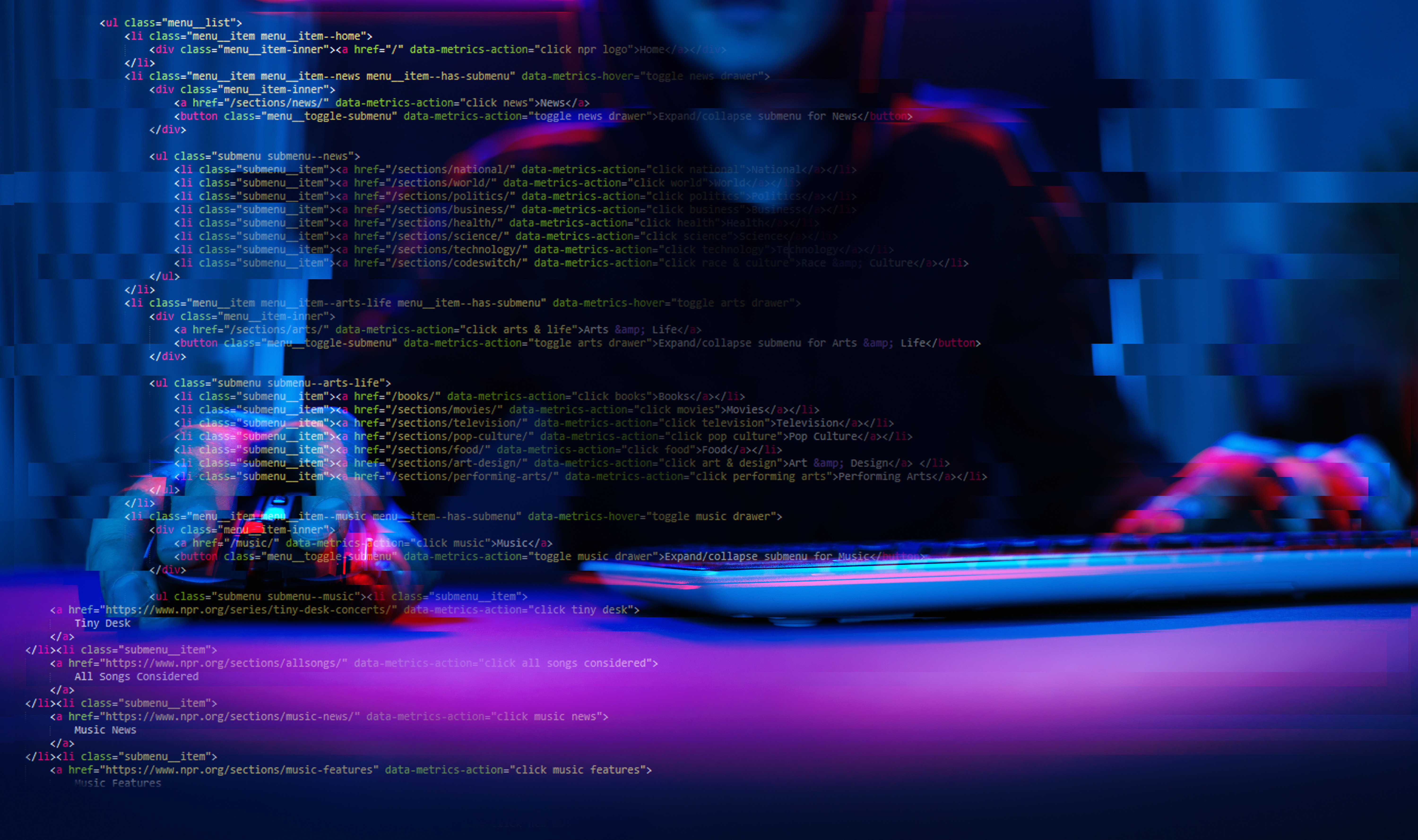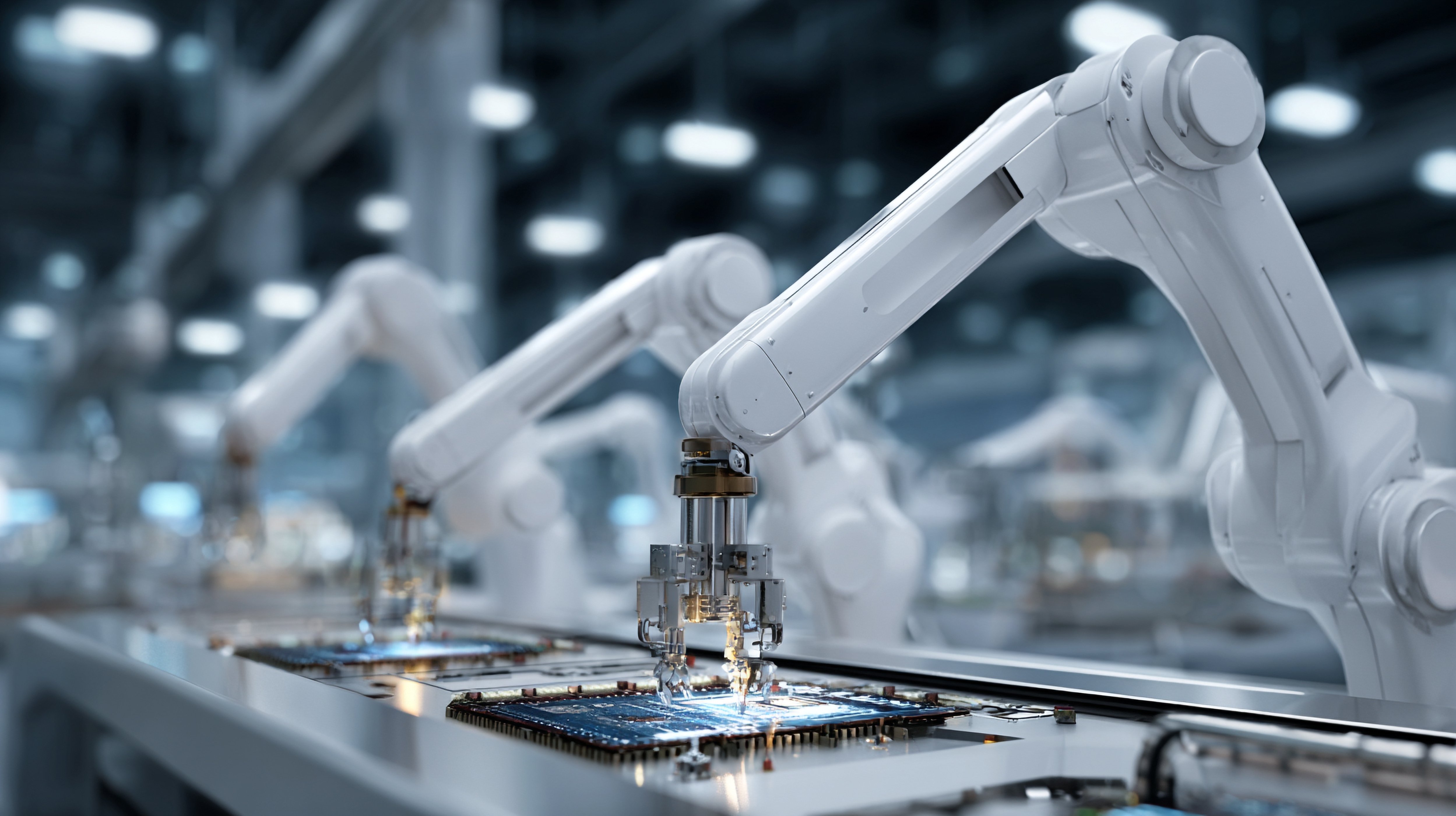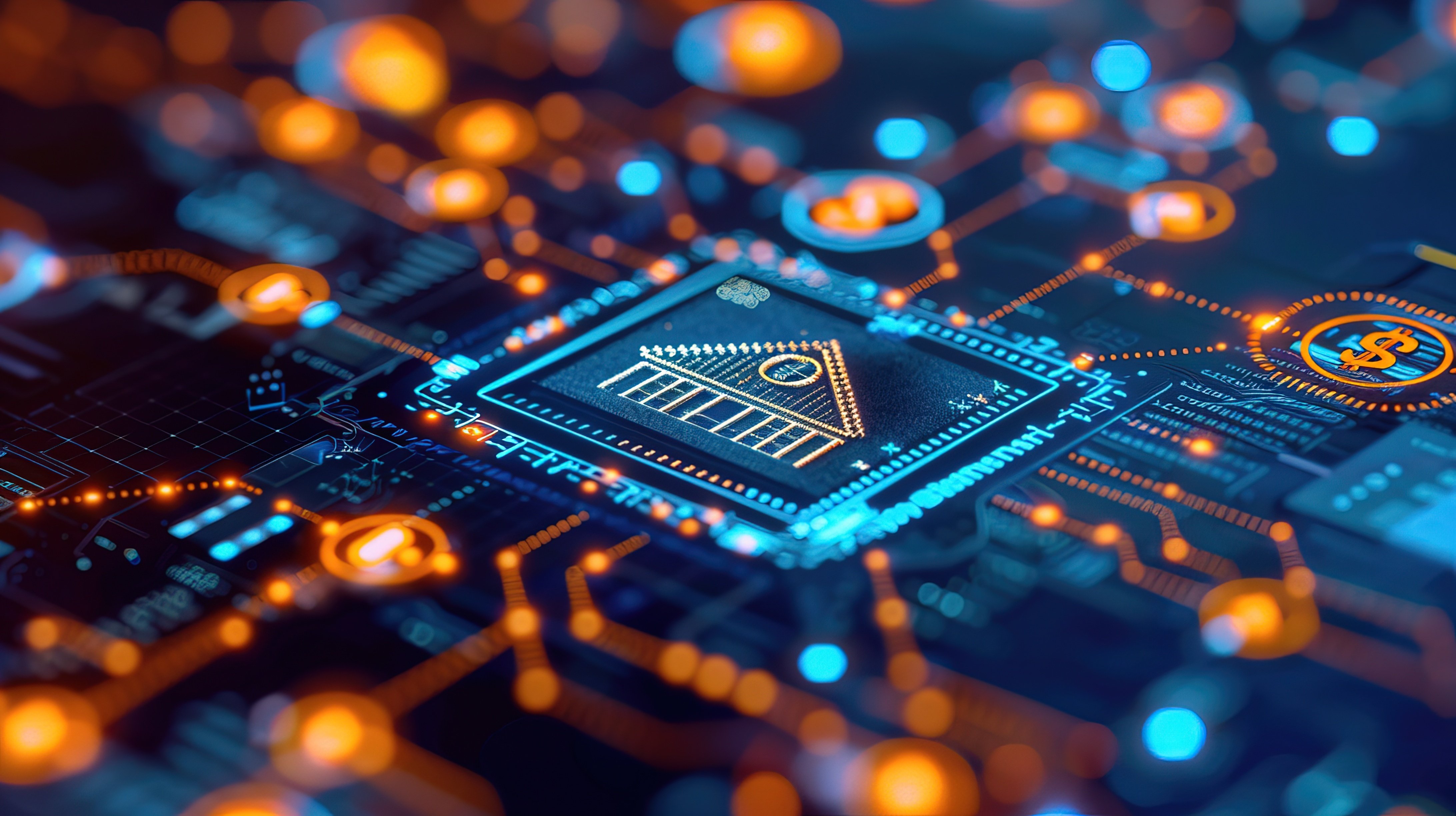The evolution of ransomware is a cybercrime story three decades in the making. What began as a niche digital prank has grown into a sophisticated, multi-billion-dollar criminal industry, threatening businesses with more than just downtime — think shattered reputations, plummeting revenues, and mass layoffs. Today, approximately 7 in 10 cyberattacks are ransomware attacks, according to Statista.
But how did we get here? The rise of ransomware is not a sudden phenomenon. It’s a steady build-up of tactics, starting with floppy disks in the late ‘80s and morphing into today’s sprawling RansomOps, complete with a booming underworld economy.
Here’s how this threat has evolved into the monster it is today.
The first documented case of ransomware came from an unlikely source — a Harvard-educated biologist named Dr. Joseph Popp. In December 1989, Popp mailed 20,000 floppy disks to attendees of the World Health Organization’s AIDS conference in Stockholm. Hidden on those disks was the “AIDS Trojan,” a virus that locked users out of their files and demanded a $189 payment to a Panama P.O. Box for restoration. It was the first time data was held hostage for money — a blueprint for the ransomware business model.
In the early 2000s, ransomware shifted to locking users out of their computers entirely. Victims, particularly in Russia, were forced to pay through premium-rate numbers. In 2013, CryptoLocker introduced modern crypto-ransomware, which uses encryption to lock files and demand Bitcoin payments.
And then, ransomware gangs began targeting organizations instead of individuals. High-value targets like hospitals, governments, and industrial firms became prime prey, leading to multimillion-dollar ransom demands. The Trinity ransomware group attacked Spain’s tax agency, compromising millions of taxpayer records and demanding a ransom by December 31, 2024. Ransomware gangs are already moving beyond double extortion. Future attacks could include additional layers of pressure:
- Triple Extortion: Demanding separate payments for decrypting files, preventing data leaks, and halting DDoS attacks.
- Quadruple Extortion: Threatening victims’ customers or partners to increase ransom demands.
As AI advances, ransomware gangs could use AI to automate attacks, making them faster and more adaptive. AI could help attackers identify vulnerabilities in real time, customize ransom notes based on victim profiles, and finally evade detection by learning from the behavior of security tools. Likewise, the ever-growing Internet of Things (IoT) presents another new ransomware frontier, ripe with multiple attack vectors. Cybercriminals will go after smart factories, connected medical devices, and critical infrastructure like energy grids and water systems.
The evolution of ransomware has given rise to Ransomware-as-a-Service (RaaS) — a criminal business model that has lowered the barrier to entry for cyberattacks, allowing even low-skilled actors to carry out highly sophisticated ransomware operations. Much like legitimate Software-as-a-Service (SaaS) platforms, RaaS provides a subscription-based model where aspiring cybercriminals can rent the tools, infrastructure, and technical support needed to execute attacks. This democratization of cybercrime has created a booming underground economy, with ransomware attacks now being launched by organized groups, lone wolves, and opportunistic hackers alike. This model has drastically expanded the reach and frequency of ransomware attacks, turning them from sporadic, highly technical breaches into continuous, scalable campaigns that can target organizations across the globe.
In the long term, global regulatory frameworks will need to catch up. Without international cooperation, ransomware will remain a lucrative, low-risk venture for cybercriminals. Governments will likely explore more aggressive countermeasures, including offensive cyber tactics to dismantle ransomware gangs. Yet, this could risk escalating cyber conflicts between nations.
.png?width=1816&height=566&name=brandmark-design%20(83).png)



